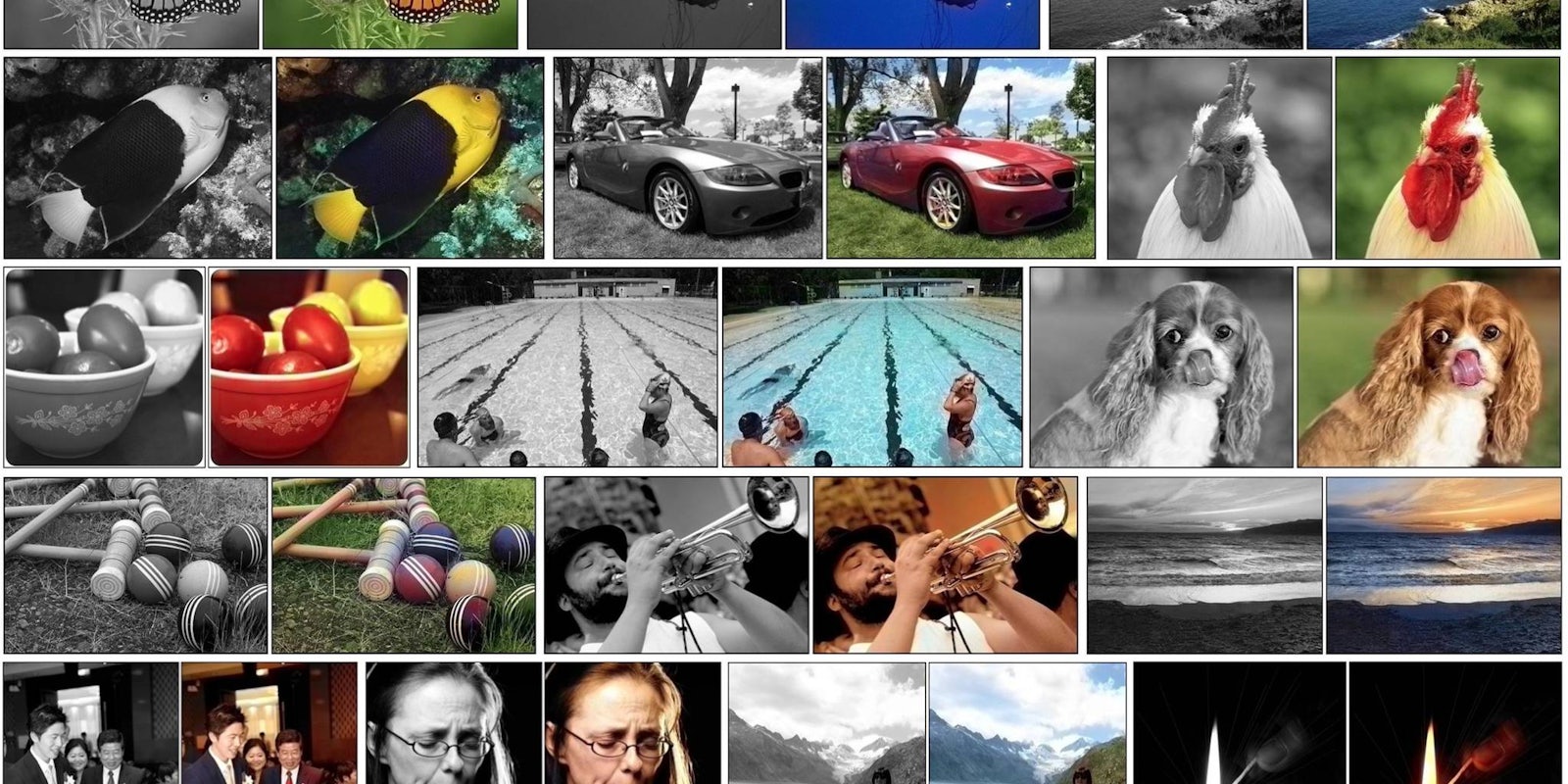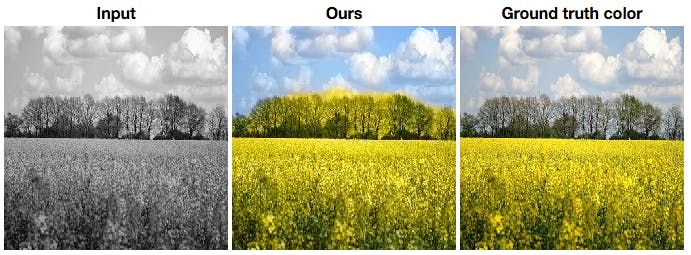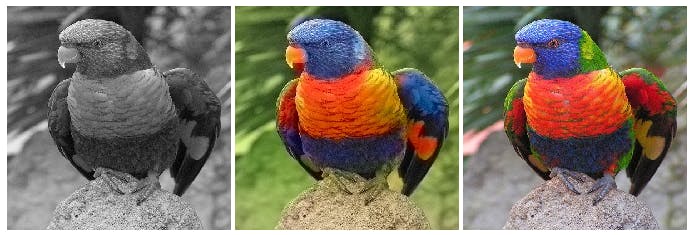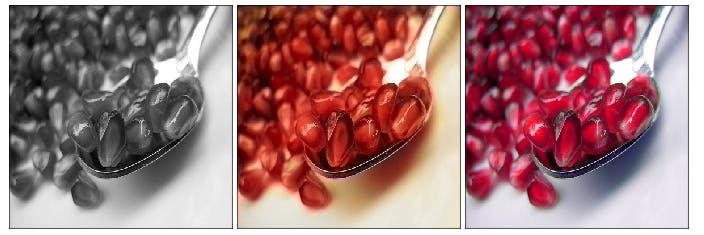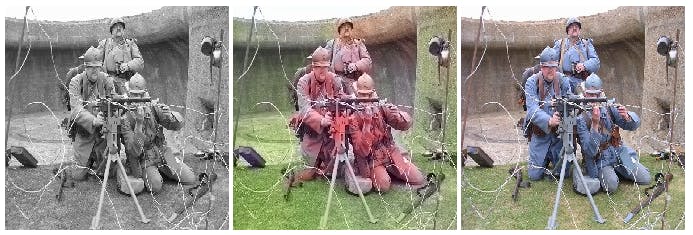There are few things more jarring than seeing an old, black and white image turned into a vibrant, colorful picture. You don’t have to be a Photoshop master to create the effect thanks to a clever algorithm that does the job for you.
Researchers at the University of California at Berkeley created a computer vision system that analyzes images in grayscale and colors it in.
The algorithm can’t know exactly what the image should look like, but it’s task isn’t to make the photo resemble the real colors; instead, it picks colors that it believes will be most convincing. It’s goal is simply to make the final product look plausible.
To evaluate just how successful the algorithm is at its task, the researchers implemented a “colorization Turing test.” They asked human subjects to choose between a picture with the computer-generated color and one consisting of the true colors. The computer model was able to fool human viewers 20 percent of the time which, according to the researchers, is “significantly higher than previous methods.”
Getting the algorithm up to that rate of success wasn’t easy; researchers had to train the vision system on over one million color images. By analyzing other images and processing how they look, the system learned to identify particular features in an image and use them as a touchstone to pick the right color.
The automated method requires no human input, unlike most previous attempts at colorization programs. In many cases, that works out just fine, as the computer is able to splash the right shades onto the image to make it look real.
Other times, not so much.
“Computer vision algorithms often work well on some images, but completely fail on others,” researcher Richard Zhang wrote. “Ours is like this too.”
To be fair to the machine, it’s working with a nearly endless amount of choices to be made. The fact that it often gets it right—or close enough to right—is an accomplishment in its own right.
H/T Gizmodo | Photo via Richard Zhang

